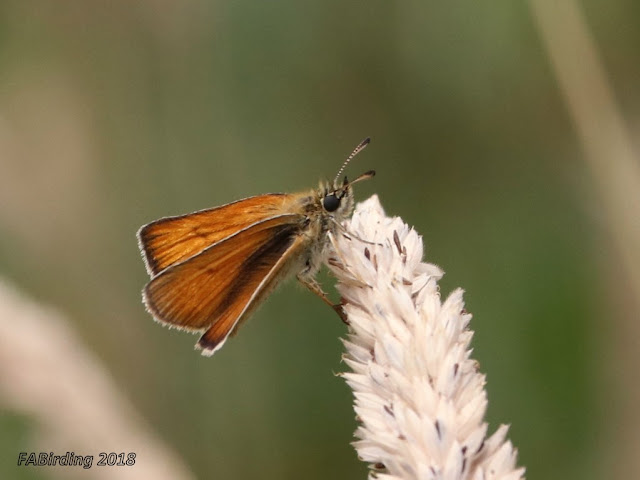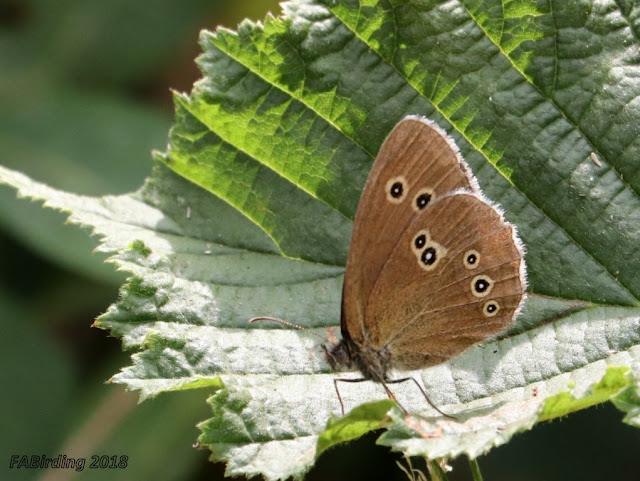Many of my readers will know of my regular visits, throughout the seasons, to the acidic heathland, bog, ponds and woodlands at Thursley Common National Nature Reserve for its wealth of wildlife, notably its special birds and a habitat that also supports over 20 species of Odonata.
A carved sign alongside the boardwalk depicts some of the delights that can be found here and this post serves to illustrate the dragon species I have seen here during the past month.
Four-spotted Chaser (Libellula quadrimaculata).
Four-spotted Chaser (Above and below)
Black-tailed Skimmer (Orthetrum cancellatum) [Male above - Female below]
Keeled Skimmer (Orthetrum coerulescens) [Male above - Female below]
Keeled Skimmer - Mating pair.
Common Darter (Sympetrum striolatum) [Male above - Female below]
Black Darter (Sympetrum danae) [Male above - Female below]
The Damsels will feature in a future post.





















































